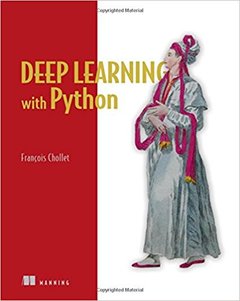Deep Learning with Python
Auteur : Chollet Francois

DESCRIPTION
Deep learning is applicable to a widening range of artificial
intelligence problems, such as image classification, speech recognition,
text classification, question answering, text-to-speech, and optical
character recognition.
Deep Learning with Python is structured around a series of practical
code examples that illustrate each new concept introduced and
demonstrate best practices. By the time you reach the end of this book,
you will have become a Keras expert and will be able to apply deep
learning in your own projects.
KEY FEATURES
? Practical code examples
? In-depth introduction to Keras
? Teaches the difference between Deep Learning and AI
ABOUT THE TECHNOLOGY
Deep learning is the technology behind photo tagging systems at
Facebook and Google, self-driving cars, speech recognition systems on
your smartphone, and much more.
AUTHOR BIO
Francois Chollet is the author of Keras, one of the most widely used
libraries for deep learning in Python. He has been working with deep neural
networks since 2012. Francois is currently doing deep learning research at
Google. He blogs about deep learning at blog.keras.io.
Francois Chollet is the author of Keras, one of the most widely used
libraries for deep learning in Python. He has been working with deep neural
networks since 2012. Francois is currently doing deep learning research at
Google. He blogs about deep learning at blog.keras.io.
Date de parution : 01-2018
Ouvrage de 384 p.
19.2x23.4 cm



